Revised: 24-Aug-2015
 The second sound in Jesus’ Hebrew name, יֵשׁוּעַ (ye·SHU·a‘), is a vowel. Hebrew vowels are represented by signs that are placed under, or sometimes, to the left of consonants (letters). A vowel is pronounced after the consonant that carries its sign.
The second sound in Jesus’ Hebrew name, יֵשׁוּעַ (ye·SHU·a‘), is a vowel. Hebrew vowels are represented by signs that are placed under, or sometimes, to the left of consonants (letters). A vowel is pronounced after the consonant that carries its sign.
The vowel we will consider in this lesson is called tse·RE, which takes the form of two horizontal dots. Here, the tse·RE appears under the yod, the first letter in יֵשוע. In the transliteration system used here, this vowel is represented by the letter “e.” When unaccented, as in the name ye·SHU·a‘, the tse·RE is pronounced almost like the “e” in the word “net.”
Paid Content
Premium Members and Friends of JP must be logged in to access this content: Login
If you do not have a paid subscription, please consider registering as a Premium Member starting at $10/month (paid monthly) or only $5/month (paid annually): Register
One Time Purchase Rather Than Membership
Rather than purchasing a membership subscription, you may purchase access to this single page for $1.99 USD. To purchase access we strongly encourage users to first register for a free account with JP (Register), which will make the process of accessing your purchase much simpler. Once you have registered you may login and purchase access to this page at this link:
For the transliteration system used in this series, click here.


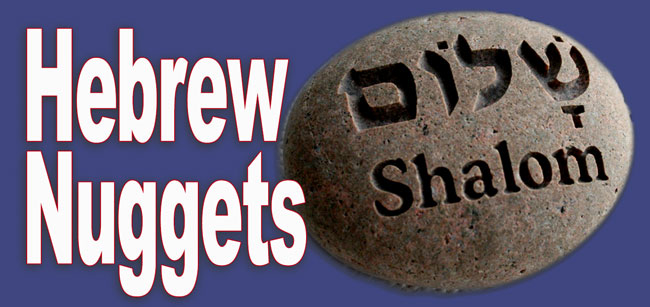

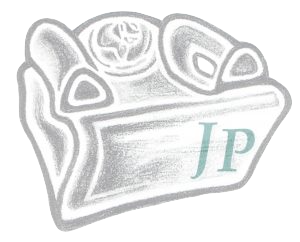



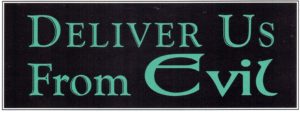

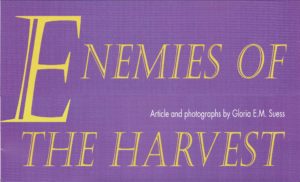
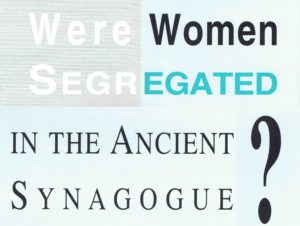
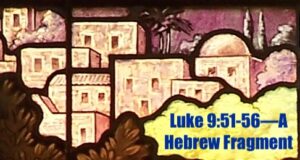
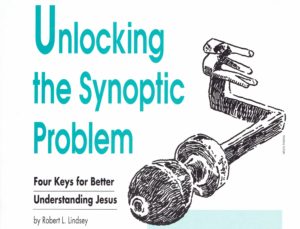


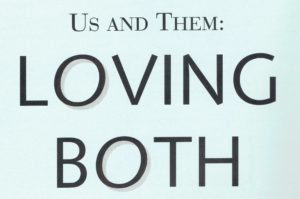
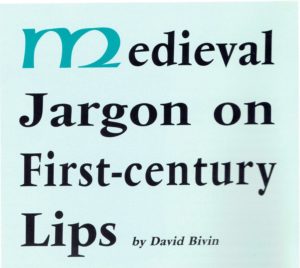

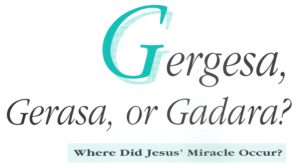
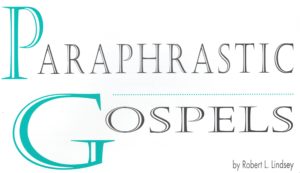
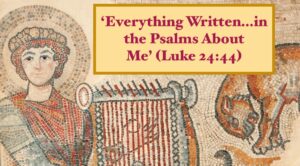
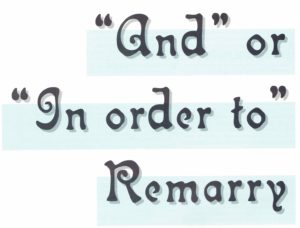
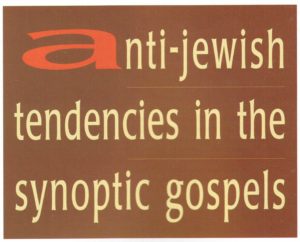


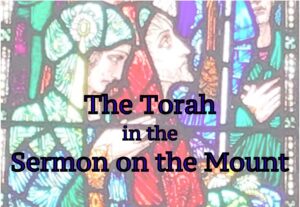



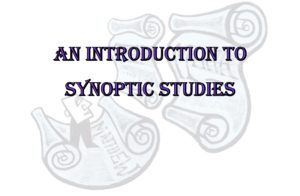



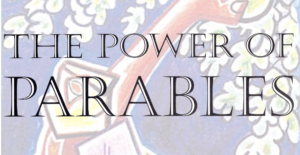
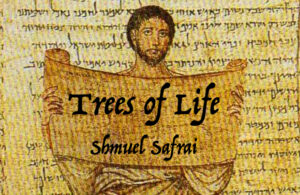

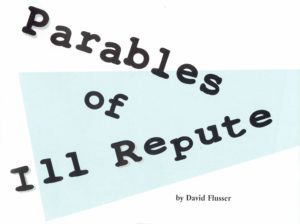





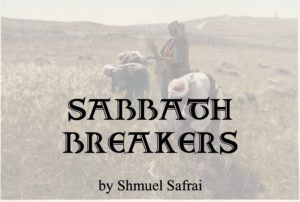

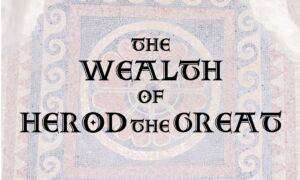

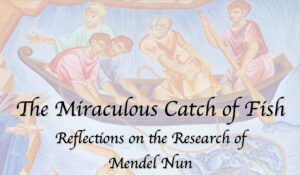


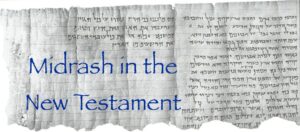
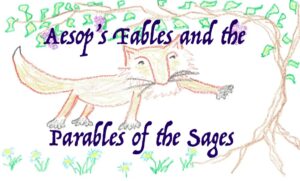

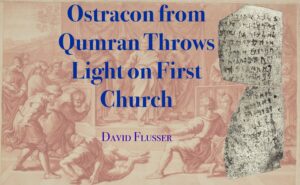
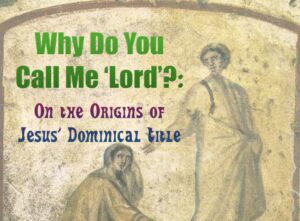
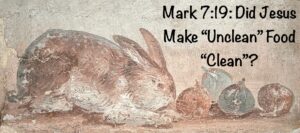
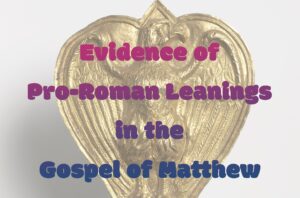
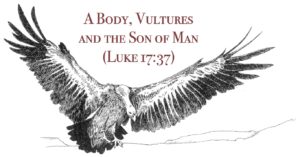





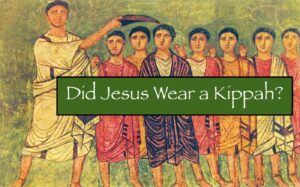

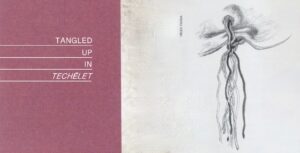
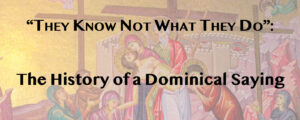
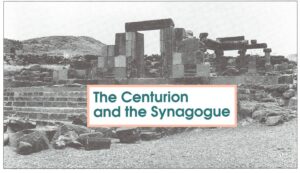
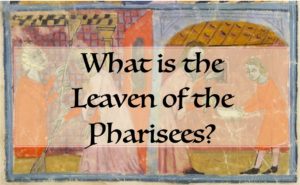


Comments 1
Thank you so much for offering this easy explanation for reading the ancient Hebrew language. I have already learned the Hebrew Alepf-Beit but have not found an easy explanation of the vowel sounds. This will help immensely. Now I just need to develop a vocabulary!
It is so important to understand the language and culture of first century Yisrael. Without it we miss so much of the meaning that is hidden in the Word. It is appropriate that you used the illustration of the gold miner, for we are mining for treasure hidden in the Word! Thank you so much. Shalom.